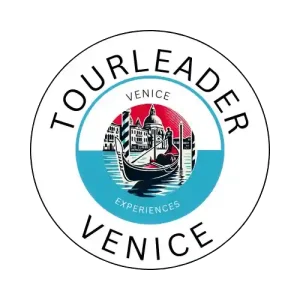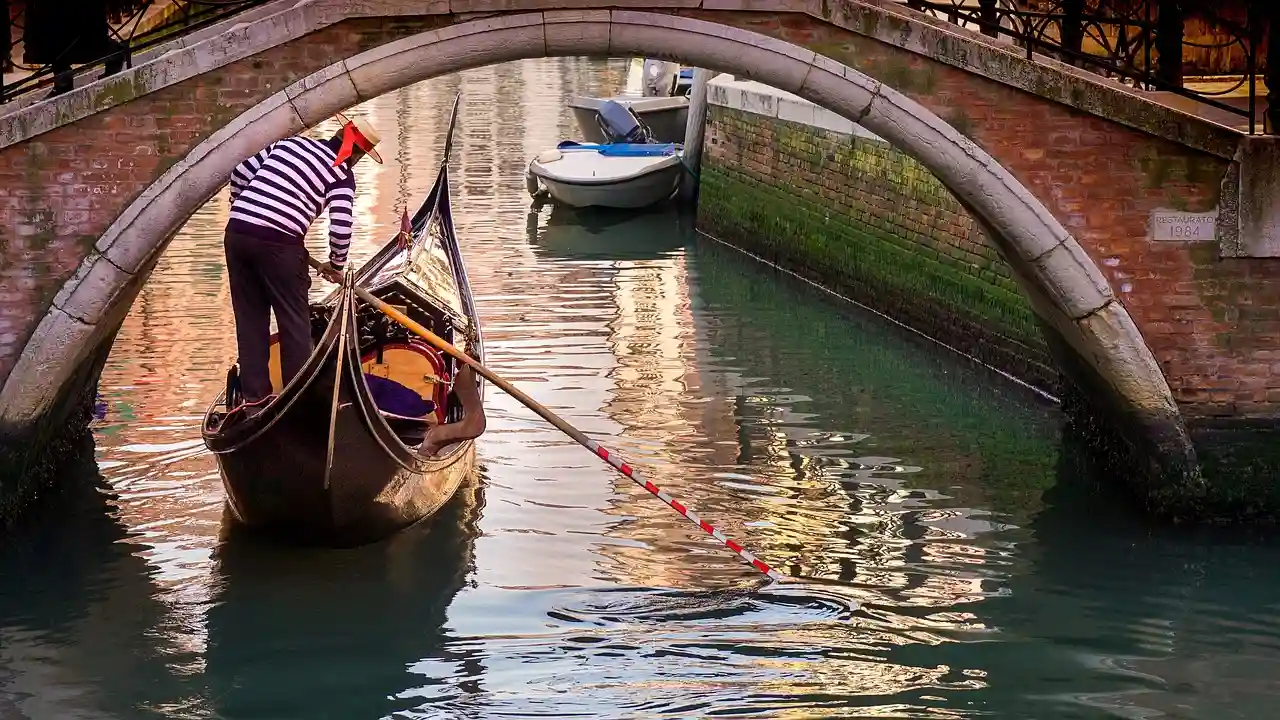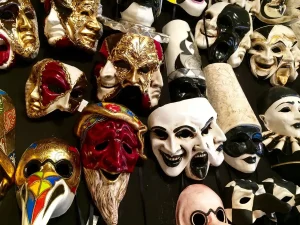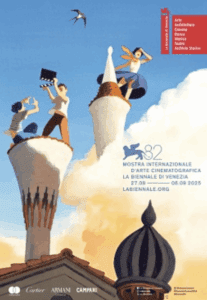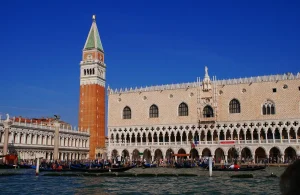How Do Locals Live with So Many Tourists in Venice? — Inside Real Venetian Life | Tour Leader Venice
🌊 How Do Locals Live with So Many Tourists in Venice? A Real Look Inside Daily Life
Venice is a dream for millions — but home to only a few. Behind the postcard-perfect canals lies a fragile city where fewer than 49,000 residents share their hometown with over 20 million visitors a year. That’s roughly one local for every 400 tourists.
So how do Venetians live, work, and raise families in a city that’s constantly photographed, posted, and overcrowded? What does daily life look like when your grocery route crosses the same bridges as gondolas and cruise passengers?
Let’s step off the tourist trail and peek behind the curtain — into the rhythm, resilience, and reality of real Venetian life.
🏙️ Venice by the Numbers: Tourists vs. Locals
- 📈 20–30 million tourists visit every year
- 🚶 On peak summer days, up to 120,000 visitors arrive — twice the local population
- 🏠 Only 49,000 residents remain in the historic center (175,000 in the 1950s)
- 👵 The average age keeps rising — many younger Venetians move to Mestre or the mainland for affordability
Those numbers aren’t just statistics — they’re a reflection of how hard it’s become to live full-time in the lagoon. You can learn more about this demographic shift in our article Do People Really Still Live in Venice?
📜 From Pilgrims to Selfie Sticks: How Mass Tourism Arrived
Venice has always been a magnet for travelers. In the Renaissance, pilgrims came to visit relics. In the 18th century, aristocrats arrived on the Grand Tour. And in the 20th century, mass tourism was born.
The real boom came after World War II. Air travel became affordable, cruise ships started docking at the port, and by the 1990s — thanks to low-cost airlines and social media — Venice had become a “must-see-before-you-die” destination. Unfortunately, those millions of bucket lists all pointed to the same 3-square-mile maze of canals.
If you’re curious about how this transformation happened, read Overtourism in Venice: Understanding the Challenge.
📸 Where Tourists Actually Go — and Where They Don’t
Here’s the surprising truth: most tourists only see about 15% of the city. They move between St. Mark’s Square, the Rialto Bridge, and perhaps a quick boat ride to Murano or Burano. The rest of Venice — quiet, residential, authentic — remains almost untouched.
Areas like Sant’Elena, San Pietro di Castello, and parts of Giudecca are still home to bakeries, schools, and locals chatting in Venetian dialect. This is where the real Venice breathes.
If you want to discover it for yourself, our Off-the-Beaten-Path Orientation Tour takes you through these neighborhoods — far from the souvenir stalls and into everyday life.
⚖️ The Pros and Cons of Living in a Tourist City
Venetians are pragmatic. They recognize that tourism sustains jobs and preserves many historic trades. But living in a world-famous museum also means navigating constant challenges.
Pros
- 🛳️ Steady work in hospitality, guiding, and transport
- 💶 Income opportunities from short-term rentals
- 🌍 Cultural exchange with visitors from around the globe
Cons
- 📈 Skyrocketing rents and property prices
- 📸 Crowds, noise, and narrow bridges packed with visitors
- 🏗️ Public services under strain
- 🎭 The feeling of being part of a stage set rather than a community
As discussed in Vanishing Venetians, this imbalance is the heart of the city’s struggle — how to welcome the world without losing itself.
🛍️ Everyday Life in Venice: Groceries, Schools, and Neighbors
Imagine grocery shopping on foot, with a trolley, over bridges. Or walking your kids to school along a canal. For Venetians, this is everyday life — charming, challenging, and deeply human.
Locals adapt with early shopping routines, neighborhood networks, and loyalty to small shops. They know which bridges are least crowded, where to buy fish fresh from the lagoon, and which campo has the best morning coffee.
Want a glimpse of this authentic rhythm? Try our Cicchetti & Wine Tour — it’s where Venetians themselves gather after work to share stories over an ombra (a small glass of wine).
🚤 Moving Around: How Venetians Navigate the Lagoon
Tourists glide on gondolas and crowd the vaporetto. Locals? They walk. Venice is small enough that most errands are done on foot. But when the streets get clogged, patience is part of the commute.
Some residents move to Giudecca or Lido for space and peace — commuting by waterbus or private boat. Others use cooperative delivery boats to transport groceries, mail, or even furniture, as detailed in How Deliveries Work in Venice.
🏠 The Housing Crisis: Airbnb and the Emptying City
Venice’s housing crisis is one of Europe’s most severe. As short-term rentals multiply, long-term residents vanish. Entire apartment blocks have been converted into vacation rentals. Rents have tripled in 20 years, pushing many Venetians to the mainland.
This exodus isn’t just about housing — it’s about community. When the grocer, teacher, and gondolier leave, the neighborhood loses its heartbeat.
To see how this affects Venice’s future, read Do People Really Still Live in Venice Full-Time?
🤝 Tourists and Locals: A Delicate Dance
Despite frustrations, most Venetians don’t hate tourists — they dislike bad behavior. Locals welcome visitors who are curious, respectful, and slow enough to listen. Say “buongiorno”, keep your voice down, and you’ll be surprised how warm the response can be.
Want to meet real Venetians? Visit an artisan studio. Try a Venetian mask-making workshop, a Murano glass experience, or a letterpress session. You’ll connect with locals who carry centuries of tradition in their hands.
🚫 “Venice Is Not Disneyland” — The Fight to Keep It Real
In recent years, residents have launched powerful protests. Movements like No Grandi Navi fought against giant cruise ships in the lagoon. Murals and banners remind visitors: “Venice is not Disneyland.”
Grassroots groups such as We Are Here Venice and Venezia Autentica promote sustainable tourism and defend local rights. Learn more about how civic action shapes the city’s survival in Sustainable Venice Travel.
💡 Everyday Adaptation: How Venetians Cope
Venetians are survivors. They’ve faced floods, depopulation, and mass tourism — and still smile over a morning espresso.
- 🌅 Adjusting schedules — shopping early or late to avoid crowds.
- 🏘️ Forming local associations to share resources.
- 🎨 Hosting neighborhood dinners, concerts, and artisan fairs.
- 🌱 Promoting lagoon cleanups and zero-waste markets.
Neighborhoods like Sant’Erasmo and Giudecca still embody this spirit — slower, friendlier, and deeply tied to the lagoon. You can visit them on our Venice Lagoon Tour or Sunset Bragozzo Cruise.
🌱 Sustainable Tourism Led by Locals
Not all tourism harms Venice — in fact, many Venetians are reimagining it. Projects like Venice Original and Artex connect travelers with authentic artisans. Initiatives like Slow Lagoon and Slow Lagoon Tours promote environmental respect and local connection.
We at Tour Leader Venice also believe in this model — creating tours that sustain, not exploit. Whether you’re joining a Venetian rowing class or a Lido Island Bike Tour, you’re helping keep traditions alive.
🗣️ Voices from the Lagoon
Francesca, teacher from Cannaregio: “We don’t hate tourists. We just want to live — to walk to school, go to the doctor, sleep at night.”
Paolo, retired porter: “Tourists used to come to discover. Now they come to take a selfie. But the ones who listen — those, we welcome.”
Elisa, artist from Dorsoduro: “Venice isn’t dying. It’s transforming. We’re fighting for the parts that matter.”
🔮 Will Venice Survive Tourism?
Yes — if it continues to evolve. The challenge is finding balance: preserving livability while keeping Venice open to the world. Efforts like the city’s new access regulations, sustainable visitor caps, and cultural events beyond summer all aim to restore that balance.
Infrastructure projects like the MOSE flood barrier protect against rising tides, while community initiatives protect against cultural erosion. Together, they’re Venice’s blueprint for survival.
For more on resilience and innovation, read What Is Acqua Alta? and How Venice Was Built on Water.
❤️ How to Be a Respectful Visitor
Venetians don’t expect perfection — just awareness. Here’s how to visit responsibly:
- ✅ Stay overnight — don’t rush through on a cruise day-trip.
- 🍝 Eat at locally owned osterie and support neighborhood markets.
- 🛍️ Buy authentic artisan products — like handmade glass or fabrics.
- 📷 Don’t block bridges or sit on monuments.
- 💬 Greet locals with a smile and a “buongiorno.”
Every small gesture counts. You’re not just a visitor — you’re part of the story of how Venice endures.
Want to see the city through local eyes? Join our Cicchetti & Wine Experience or Off-the-Beaten-Path Orientation Tour — designed to connect travelers with the Venice that still lives, loves, and laughs.
💙 Discover Venice Like Never Before
❓ FAQs — Living with Tourists in Venice
Do Venetians really live full-time in the city?
Yes — though fewer than 50,000 remain in the historic center. Many locals still live, work, and raise families in neighborhoods like Cannaregio, Castello, and Dorsoduro. Learn more in our full guide.
How do Venetians feel about tourists?
Most appreciate respectful visitors. Locals value curiosity and politeness — a smile, a quiet tone, and mindful behavior go a long way.
What can tourists do to help?
Support local artisans, avoid day-tripping, and book sustainable tours. Each thoughtful choice helps keep Venice authentic and alive.
